The textile industry in India is like a tapestry woven with threads from history, innovation, and aspiration. Known as one of the oldest and most diverse industries, it represents a significant share of India's economy. But will it thrive in the coming years?
Many factors suggest India's textile sector is on the cusp of a surge. With an increasing emphasis on sustainable practices, high consumer demand, and governmental support, the industry is well-positioned for growth. At the heart of this transformation are modern technologies and innovative manufacturing processes reshaping the landscape.
Yet, challenges such as infrastructure gaps, environmental concerns, and competitive pressures from global markets test the resilience of manufacturers. The road to becoming a leader in the global textile scene won't be without hurdles, but the potential rewards for overcoming them are immense.
- Historical Context of the Indian Textile Industry
- Modern Innovations and Technological Trends
- Market Dynamics and Challenges
- Future Prospects and Opportunities
Historical Context of the Indian Textile Industry
In the grand mosaic of Indian history, the textile industry is among the finest threads woven through its economic fabric. Long before the industrial age redefined manufacturing, India was celebrated worldwide for its expertise in producing exquisite textiles. One cannot overlook the evidences from Harappan civilization excavations that showcase fine yarns and traces of sophisticated textile processes. This industry, profoundly entwined with the everyday life of ancient India, was renowned for its natural fibers like cotton, silk, and jute—materials that are valued globally even today.
During the Middle Ages, the Indian subcontinent became a thriving hub for silk and cotton commerce. The strategic position of the region along the Silk Road and maritime routes only elevated its importance. Accounts from travelers such as Marco Polo describe the rich variety of Indian textiles available in the markets of Baghdad and Constantinople. The craftsmanship and quality of Indian fabrics, like the muslins from Bengal and fine silks from Gujarat, were sought after across continents. As Sir George Watt noted, "India's muslins were as fine as the cobweb and as prized as gold." This legacy of excellence laid a solid foundation for subsequent industry developments.
Fast forward to the British colonial era, and the Indian textile industry faced a seismic shift. The arrival of mechanized textile mills shifted production dynamics, with ready-made garments slowly making their way into the market. However, this period was marred by the infamous deindustrialization, wherein local artisans were overshadowed by imported British goods. The push and pull between traditional artistry and modern manufacturing began taking shape, leaving lasting marks on the social and economic fabric of the country.
Post-independence, India endeavored to reclaim and rebuild its once-dominant industry. In the latter half of the 20th century, concrete steps were undertaken to revitalize the sector, paving the way for innovations. Policies were designed to boost production, improve quality, and modernize infrastructure. This set the stage for India to re-emerge as a pivotal player in the global textile market, amidst increasing competition from rising Asian economies.
As the sands of time continue to shift, the story of India's textile industry exemplifies a heritage of resilience and renewal. The balance between preserving traditional craftsmanship while embracing modern production techniques remains crucial in paving a future path. Understanding this historical trajectory offers not just insight but vital lessons on navigating today's dynamic textile landscape.
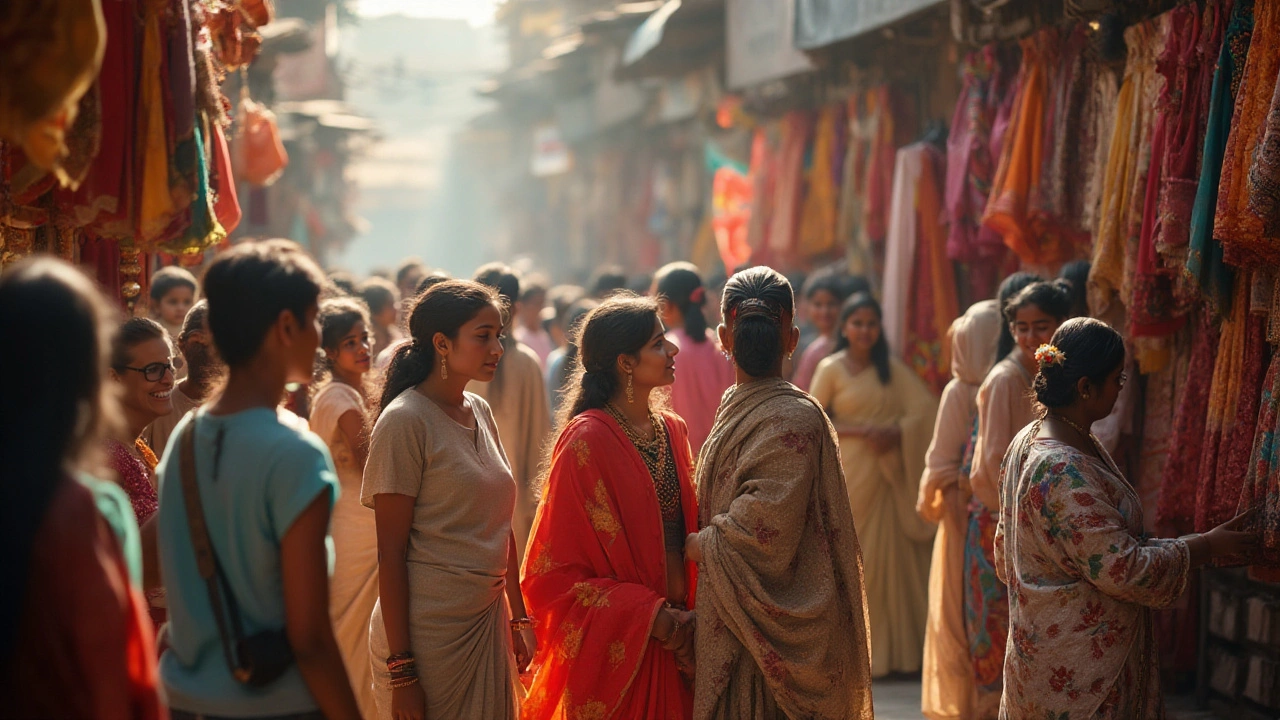
Modern Innovations and Technological Trends
The textile industry is evolving rapidly, with modern innovations and technological advancements playing a pivotal role in India's journey towards becoming a global textile leader. This revolution is driven by a range of factors, from advanced machinery to sustainable practices, all of which are reshaping how fabrics are produced, processed, and consumed. A significant trend is the integration of automation and smart manufacturing processes, which enhance efficiency while minimizing human error. For example, state-of-the-art knitting machines can now produce intricate patterns with remarkable speed and precision, reducing production time substantially and paving the way for increased output.
Besides automation, sustainable production methods are gaining immense traction. As consumers become more environmentally conscious, manufacturers are compelled to adapt greener practices. Innovations such as waterless dyeing and the use of organic fibers have emerged as vital solutions to reduce the industry's environmental footprint. This shift not only caters to consumer demand but also aligns with India's commitment to international environmental standards. Advanced recycling techniques, where old textiles are reengineered into new products, exemplify a closed-loop system that promises sustainability.
Moreover, the digitalization of supply chains has transformed how textile manufacturers operate. Real-time data analytics afford manufacturers the luxury of responding promptly to shifts in market demand. Smart inventory systems track fabric usage, anticipate stock shortages, and have the potential to dramatically reduce waste. According to a recent study by TechTextile, companies that implemented these systems saw production efficiency increase by up to 25%.
"The future lies in integrating technology that balances profit with ecological responsibility," says Priya Menon, a leading textile technology consultant.
India's textile industry is also witnessing a boom in the adoption of artificial intelligence (AI) and machine learning (ML) technologies. AI-driven software can predict fashion trends by analyzing consumer behavior patterns and social media cues, allowing manufacturers to stay ahead of the curve. These technologies are not just tools; they are catalysts for innovation that provide a competitive edge in a crowded global marketplace. Additionally, AI applications in quality control ensure the consistent production of high-quality goods, reducing the rate of defective products which can be detrimental to brand reputation.
These innovations highlight a transformative era for textile manufacturing in India. As the industry embraces forward-thinking strategies, embracing cutting-edge technology is no longer optional, but a necessity for survival and success. Companies that invest in these technologies are not just improving their bottom line; they're becoming pioneers in an industry poised for a vibrant future. With solid governmental support and an eye on sustainability, modern innovations will undoubtedly continue to shape the destiny of India's textile sector.
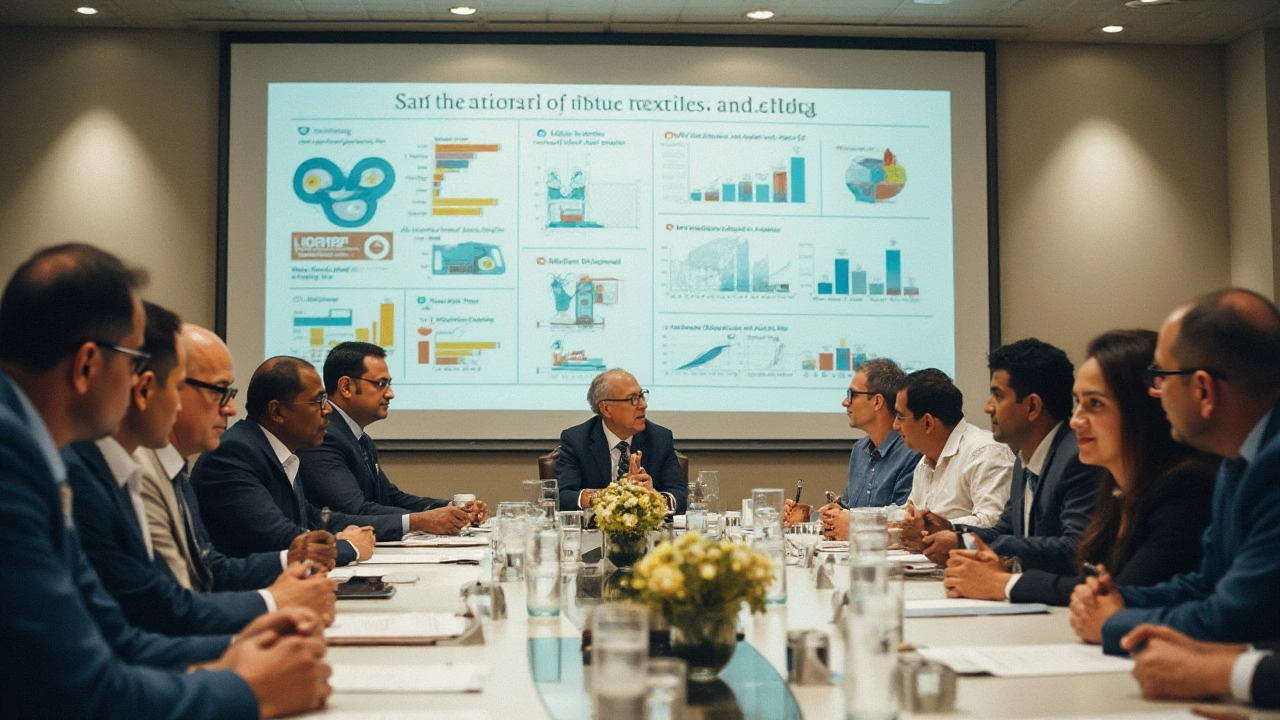
Market Dynamics and Challenges
India's textile market is a complex ecosystem, thriving amid a blend of cultural heritage and modern demand. A constantly evolving landscape makes it imperative for Indian fabric manufacturers to stay agile and responsive to changes. As the world becomes ever-more interconnected, competition intensifies, not just from neighboring countries in Asia, but also from European giants. The tug-of-war between traditional practices and modern requirements adds dimensions to the challenges faced by the industry.
The domestic landscape is equally intricate. The rise of a burgeoning middle class has led to a significant shift in consumer preferences. People are leaning towards more personalized, high-quality fabric products. Meeting these specific needs while maintaining competitive pricing is a delicate balance. On the international stage, India's textile sector faces stiff competition from countries like Bangladesh and Vietnam, where production costs are lower due to lower labor costs. This competitive pressure forces Indian manufacturers to scrutinize every aspect of their operations for efficiency and innovation.
Sustainability and Environmental Concerns
As global awareness around environmental impact grows, sustainability has become not just a buzzword but a necessary practice. Indian textile manufacturers are embracing eco-friendly practices, but the transition isn't easy. The costs associated with sustainable production methods can be prohibitive for smaller players. Adopting cleaner technologies, waste reduction techniques, and sustainable materials requires investments, which, though beneficial in the long run, present short-term financial challenges. According to the Confederation of Indian Textile Industry, around 30% of businesses have adopted at least one form of sustainable practice, signaling a promising trend in the right direction.
The intricate fabrics of market dynamics also bring logistical challenges. India's infrastructure, though improving, still grapples with inefficiencies that affect supply chain reliability. Delays and increased costs are a reality of doing business, stalling potential growth. The government has been making strides to overcome these barriers, with plans underway to develop special textile parks and improve connectivity, aiming to create a more seamless operational environment.
Technological Transformations and Labor Dynamics
The transformative role of technology cannot be understated in shaping the modern textile industry in India. From automated machinery that enhances production efficiency to blockchain systems for transparent supply chains, technology holds the key to future success. However, this revolution comes with its hurdles. As operations modernize, the demand for a skilled workforce equipped to handle sophisticated technology rises, putting pressure on traditional labor markets.
"In a rapidly digitizing landscape, skills and technology are as important as the cotton fiber itself," says R. Chatterjee, an industry expert with over two decades of experience in Indian textiles.
Efforts are underway to bridge this gap through training programs aimed at upskilling workers to meet new industry demands. These programs not only enhance employability but ensure the sector can keep pace with its global counterparts. While the shift from labor-intensive processes to technology-centric solutions presents its set of challenges, addressing these effectively can propel India's textile industry onto a more competitive, sustainable trajectory.

Future Prospects and Opportunities
The future of India's textile industry appears promising as it stands on the threshold of significant transformation. The Indian government has been instrumental in driving growth through initiatives like the Production Linked Incentive (PLI) scheme. This scheme is designed to boost both domestic manufacturing and exports, aiming to make India a global textile hub by fostering smaller players to expand and integrate into larger supply chains.
Technological advancements present exciting possibilities for the textile sector. Automation in production processes has already started enhancing efficiency, reducing waste, and ensuring better quality control. With the surge in demand for eco-friendly textiles, Indian manufacturers are tapping into sustainable production methods. Utilizing organic fibers and recycling materials aligns perfectly as sustainability trends gain traction globally. Recently, the opening of sustainable fashion lines by major Indian brands highlights the shift towards greener alternatives.
The global market is also recognizing the prowess of Indian textiles. According to the 2023 report from the World Trade Organization, India is predicted to witness a 5% annual increase in exports, primarily driven by the demand for traditional Indian fabrics in European and North American markets. "The intricacy and diversity of Indian textiles make them uniquely appealing in a global market striving for authenticity," remarked Joseph Stiglitz during a global economic forum in Singapore, emphasizing the potential cultural impact.
Adapting to changing consumer dynamics will be another pivotal factor in shaping the future. With consumer preferences shifting toward personalization and customization, textile manufacturers in India need to embrace digital platforms that can deliver bespoke experiences. The rising middle class in various countries is driving demand not just for clothing but also for home textiles, suggesting that diversifying product lines might be key to unlocking new markets.
The domestic market also offers a treasure trove of opportunities. With a growing urban population and increasing disposable income, local demand for fashionable and high-quality apparels is on the rise. Leveraging local resources while maintaining the uniqueness of Indian craft would likely cater to the aspirational Indian consumer who seeks value without compromising authenticity.
In the race toward modernization, challenges do exist—namely, infrastructure and supply chain logistics. But innovative strategies, supported by governmental reforms, aim to address these bottlenecks. Collaborative ventures between public and private sectors to bolster infrastructure can further improve logistics, cutting down delivery times and reducing costs, ultimately enhancing India's competitiveness in the global textile market.
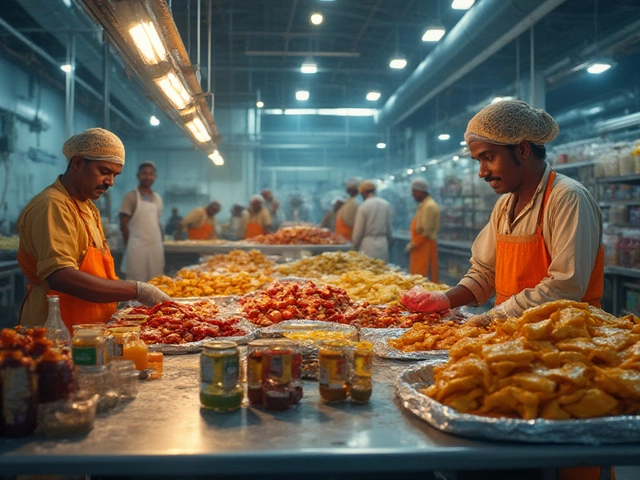
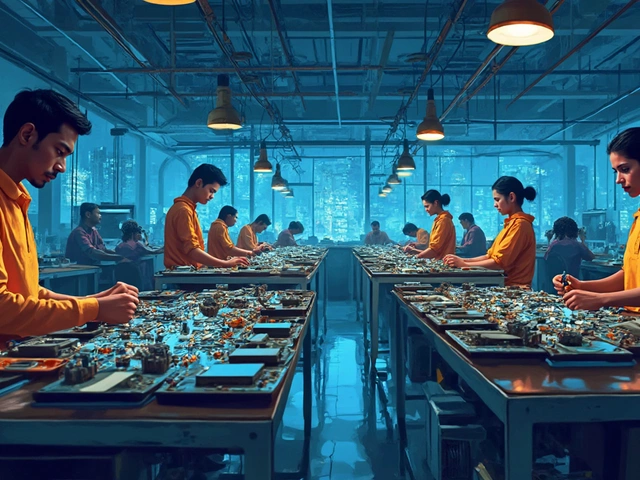
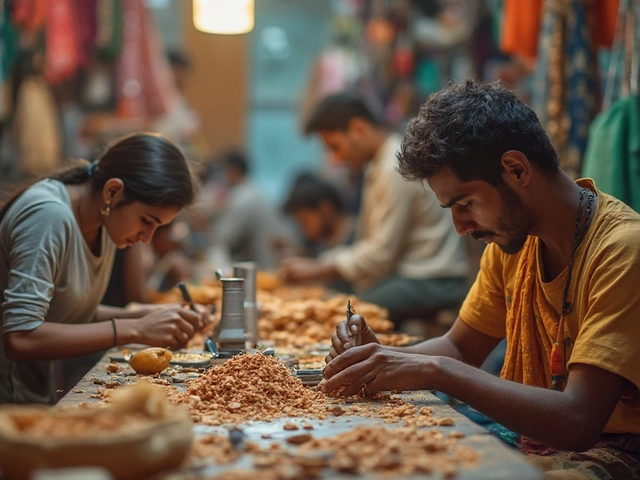
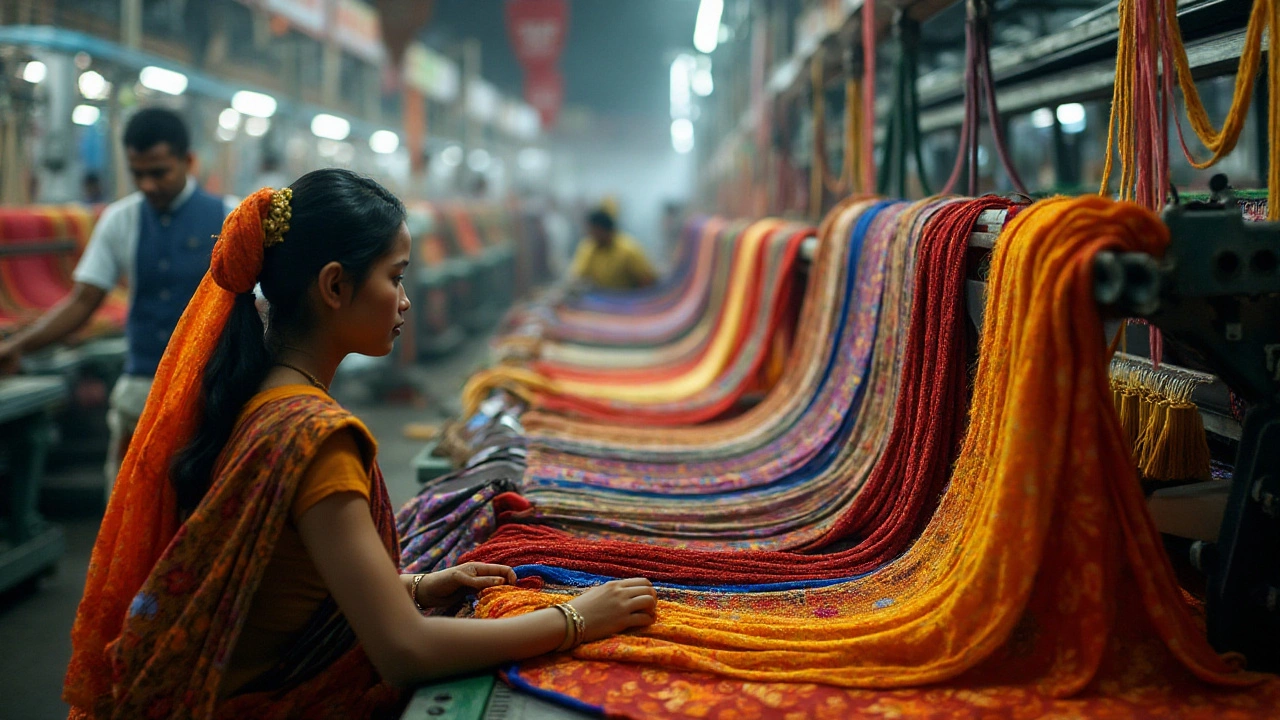
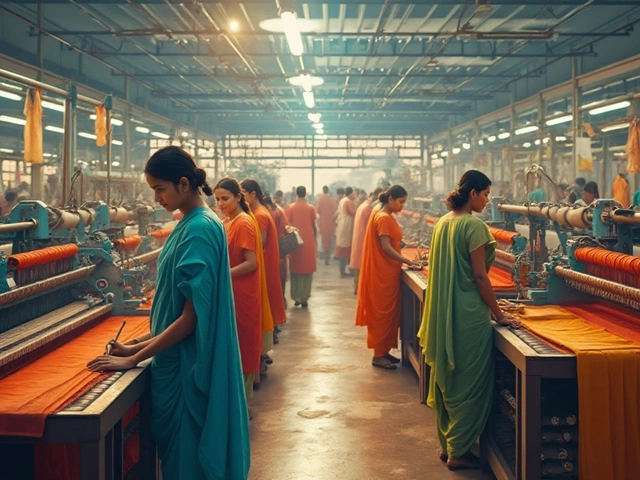

Write a comment